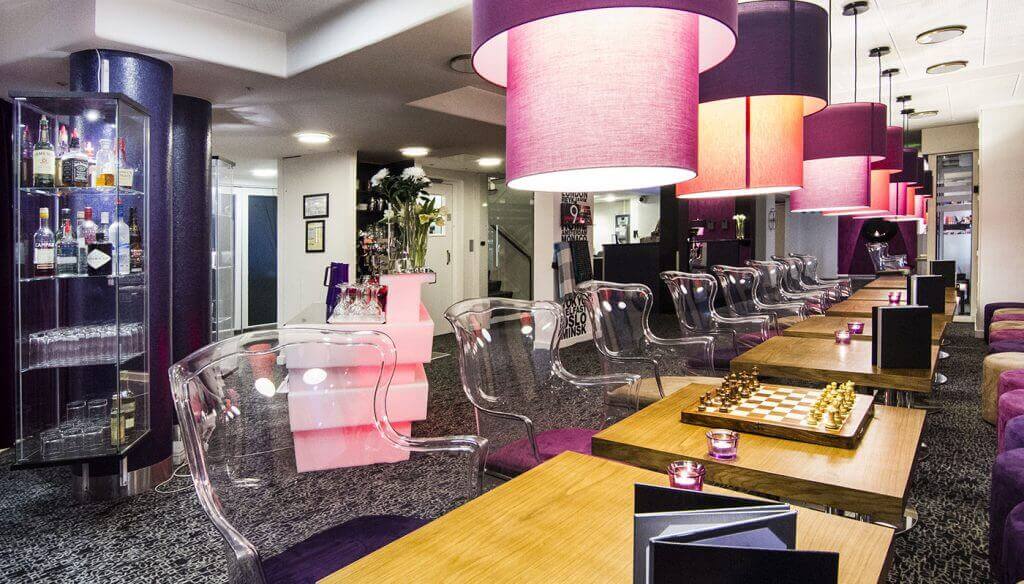
From rooftop bars and pools to hotspot restaurants and swanky lounges, today’s hotel F&B experience looks nothing like yesterday’s. Modern travelers look for properties with amenities, including F&B, and hotel
operators are investing accordingly.
NB: This is an article from SevenRooms
We live in an experiential economy where consumers seek new and exciting experiences in their day-to-day lives. Hotels are uniquely positioned to capitalize on this lucrative trend by providing these experiences closer to home where they can be enjoyed many times over and create loyal guests for life across the portfolio.
For the first time ever in 2015, consumers spent more on eating out than buying groceries. And this trend is continuing to pick up steam, particularly with Millennials: in 2017, 7% of spending by consumers under 25 was on food away from home. This growing consumer segment creates a broader target audience for F&B experiences.
Guests at hotels spend 48+ billion dollars each year on dining at restaurants, bars, banquets, and room service during their stay. Hotels are uniquely positioned to capitalize on their food & beverage outlets – and they’re starting to already. 40% of hotel owners say they plan to increase F&B square footage in the next year.
The key is to target an often overlooked audience that is less transient than a hotel guest and has the potential to become a repeat guest at your F&B outlet: locals.
Increasing your F&B retention rate (a.k.a. increasing the percentage of locals in your book) by 5% can increase your profits in that area by 25% to 95%. Think about your F&B profit for the year, and then multiply it by 1.25 to see the potential boost in revenue you could achieve.
Our free playbook explores how you can leverage F&B to engage locals and to learn:
- 7 tangible benefits that locals provide in comparison to travelers
- How to create a distinct online presence — from your website to social media and search engine marketing
- 6 actionable strategies that attract locals
- How to geo-target your messaging




